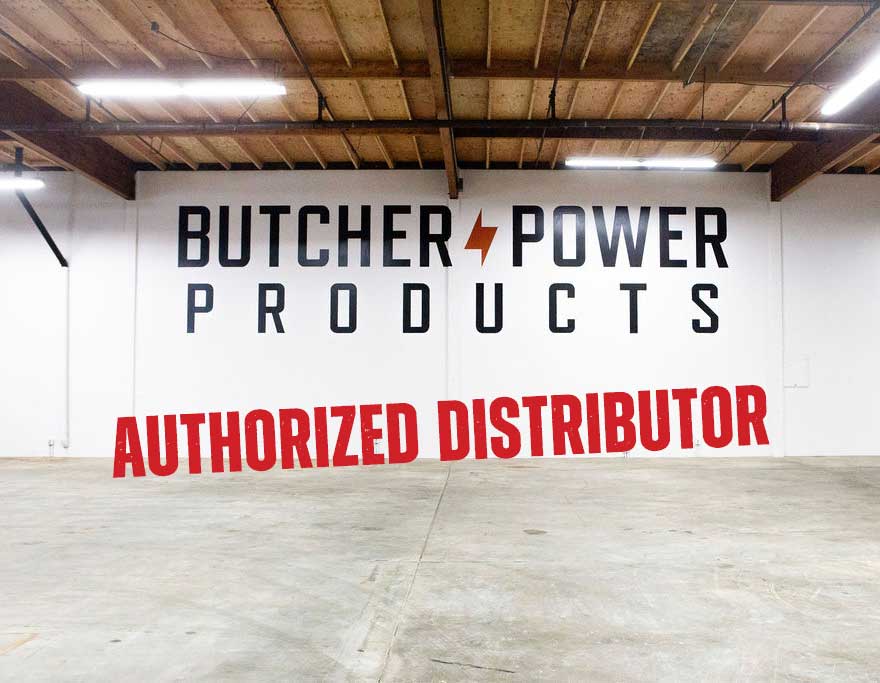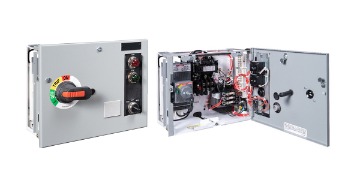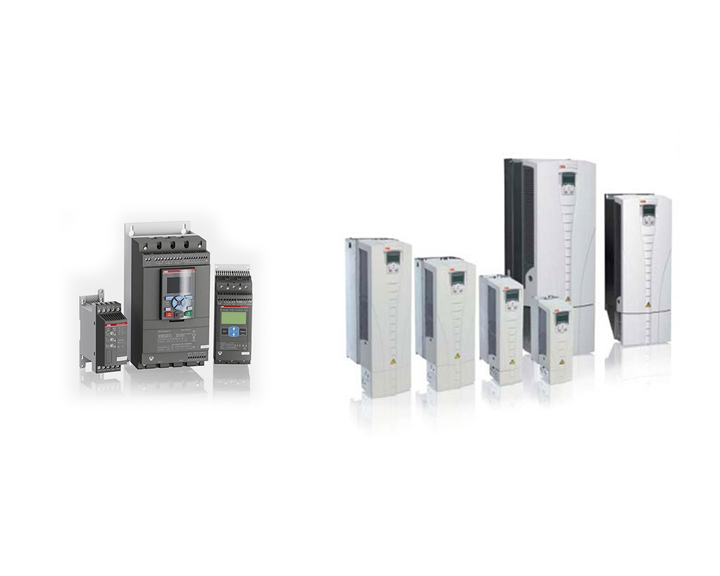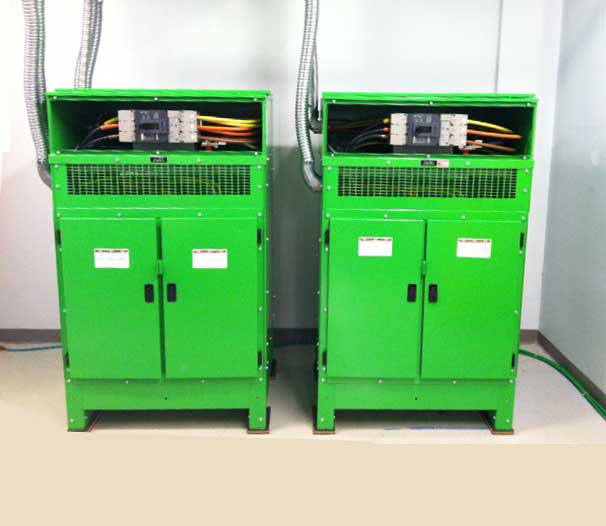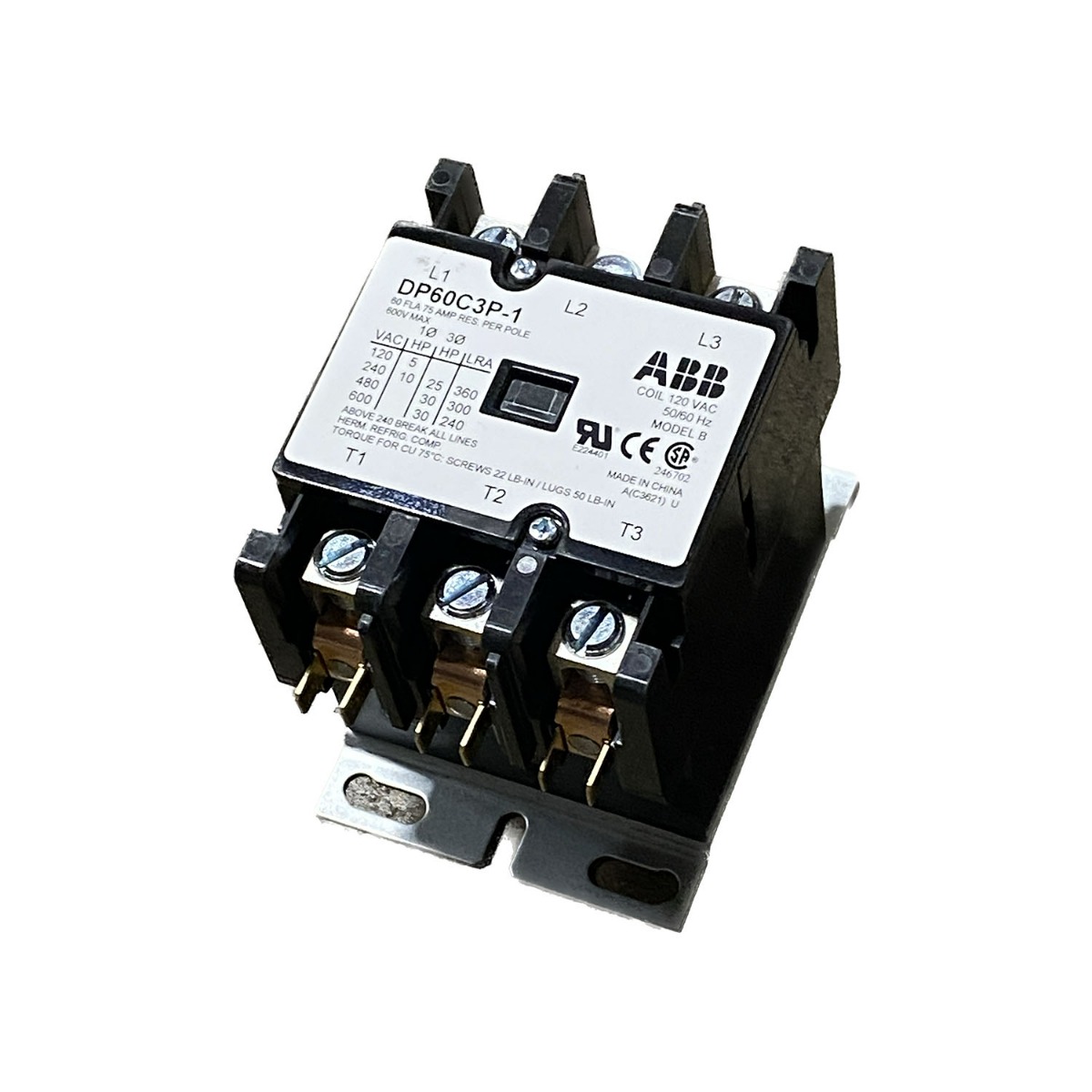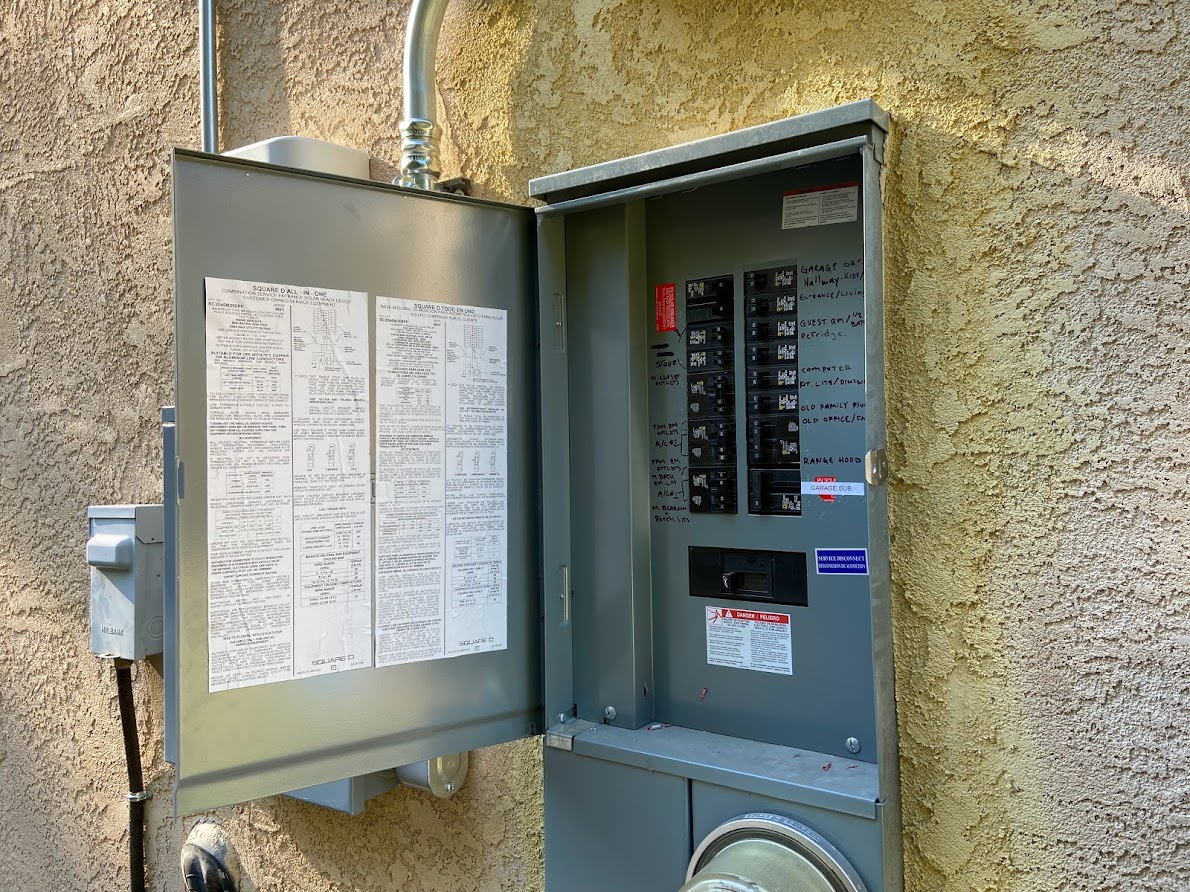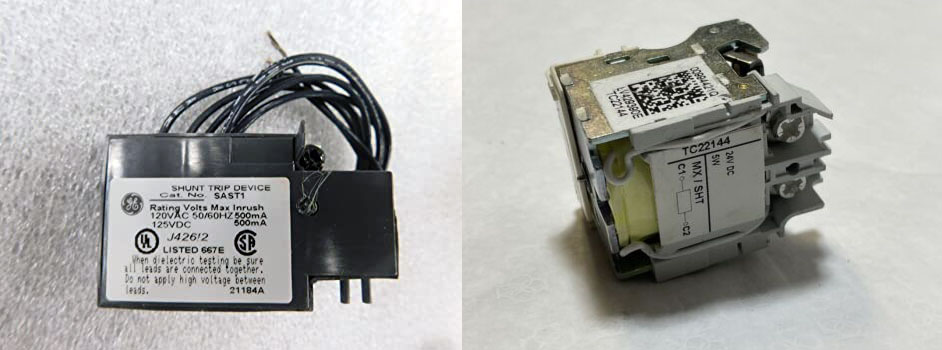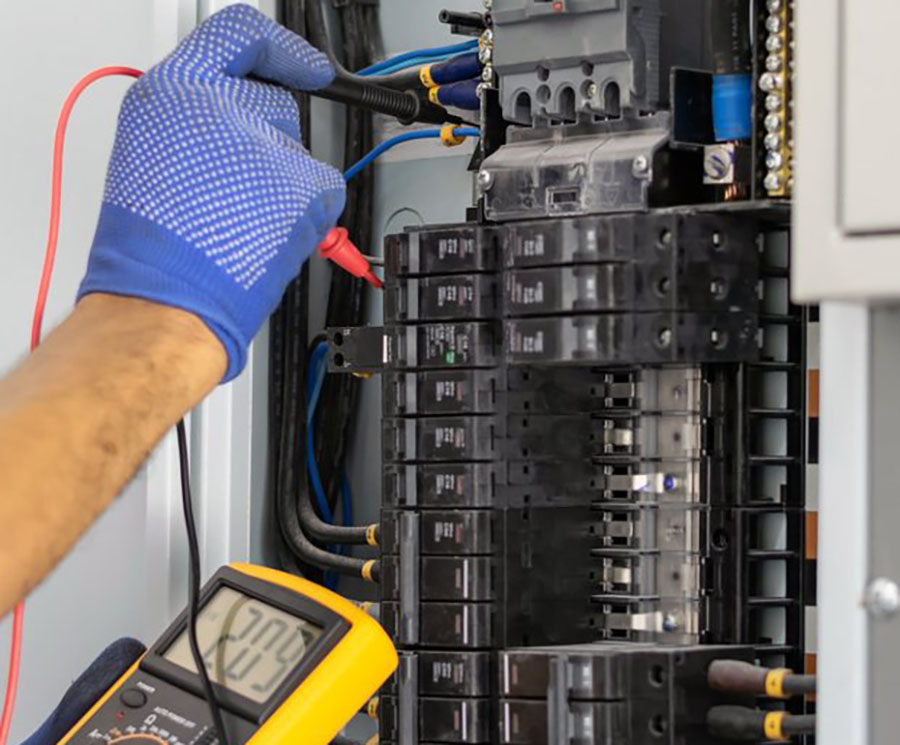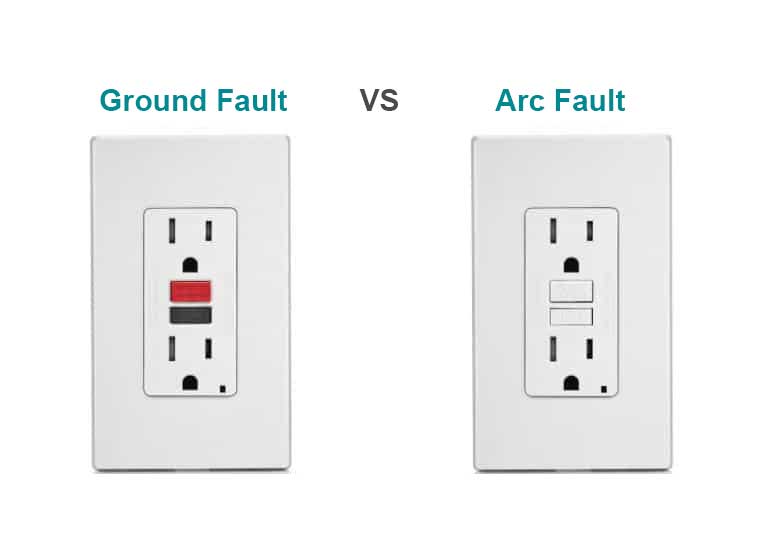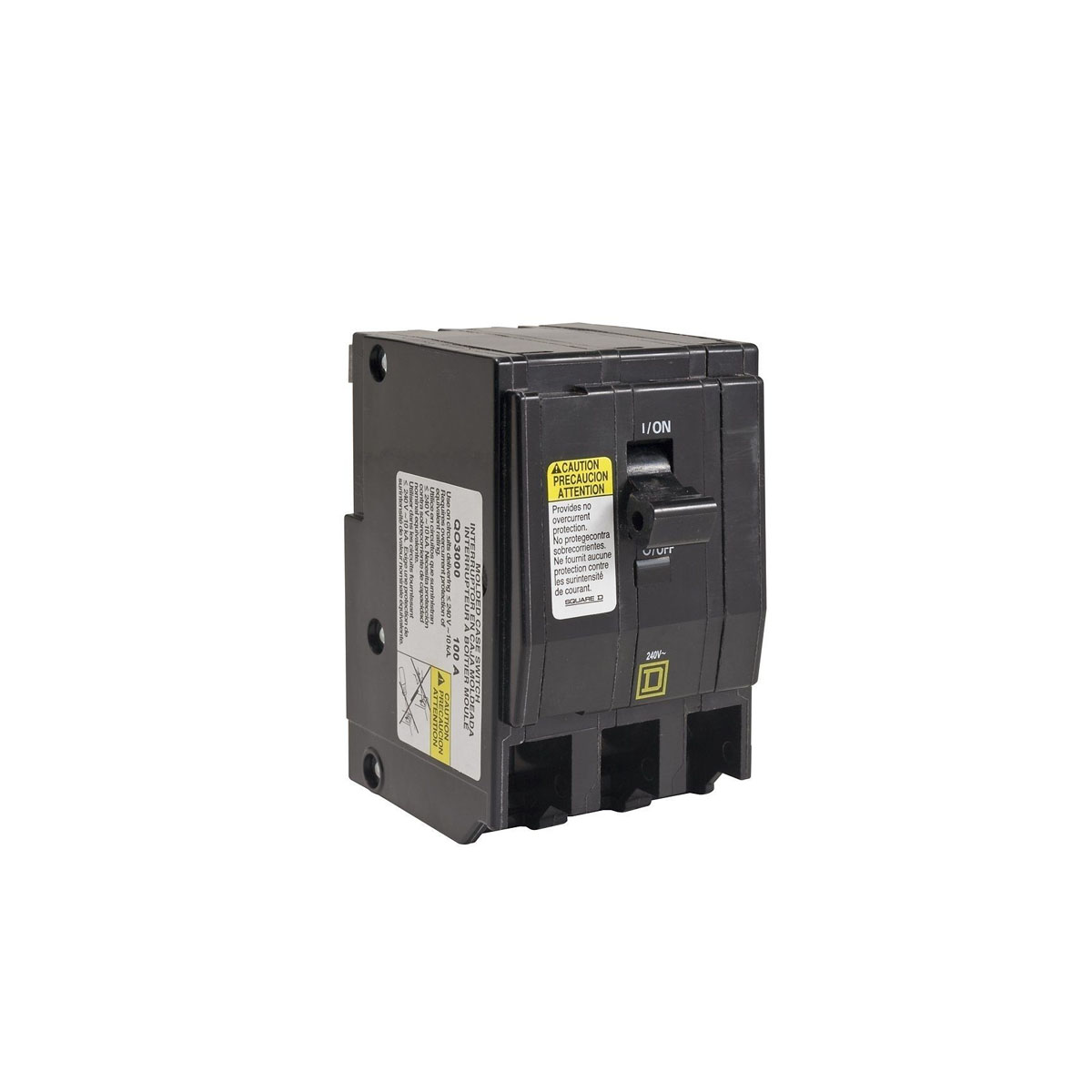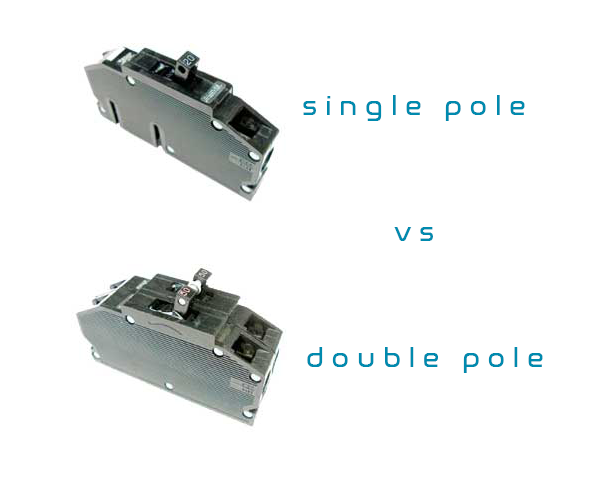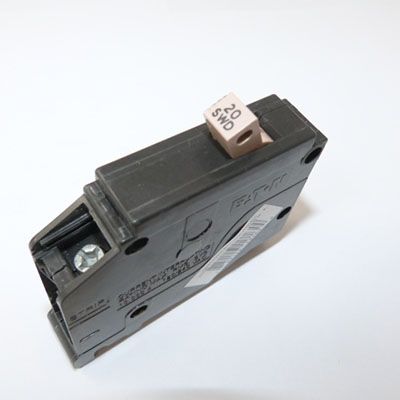Powersmiths is the pioneer and industry leader in delivering Lowest Life Cycle Cost. Powersmiths offers a range of products, including E-Saver OPAL transformers that can be ordered from Bay Power. E-saver transformers exceed DOE 2016 minimum requirements and deliver Lowest Life Cycle Cost performance. Transformers are provided with a 32-Year Performance Guarantee. Each transformer on the project is provided with an ISO-17025 Certified Efficiency Test Lab Report to validate No Load Losses do not exceed very low published values. Additional Sound Test provided to validate a minimum 3 dB less than ST-20 Standards.
